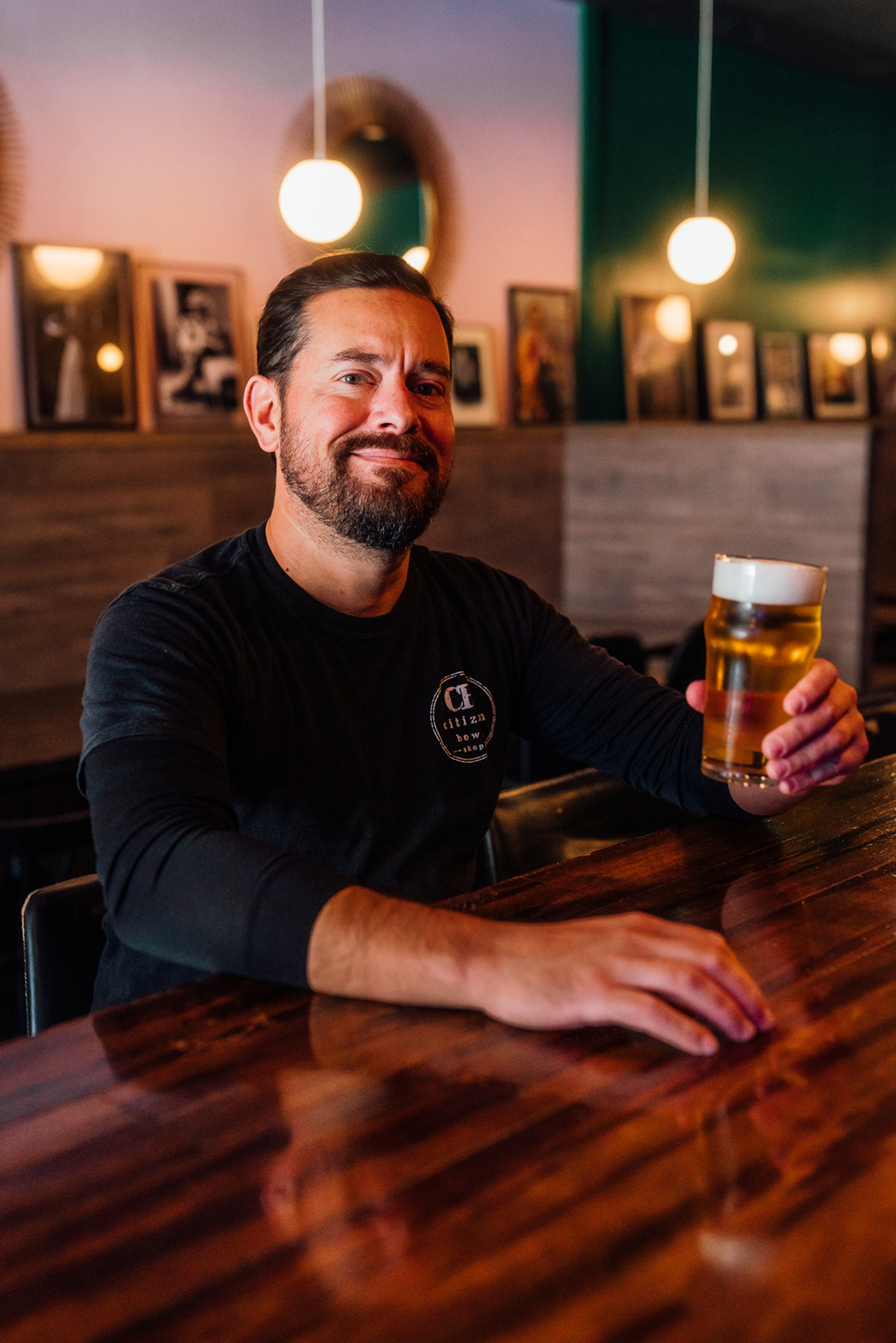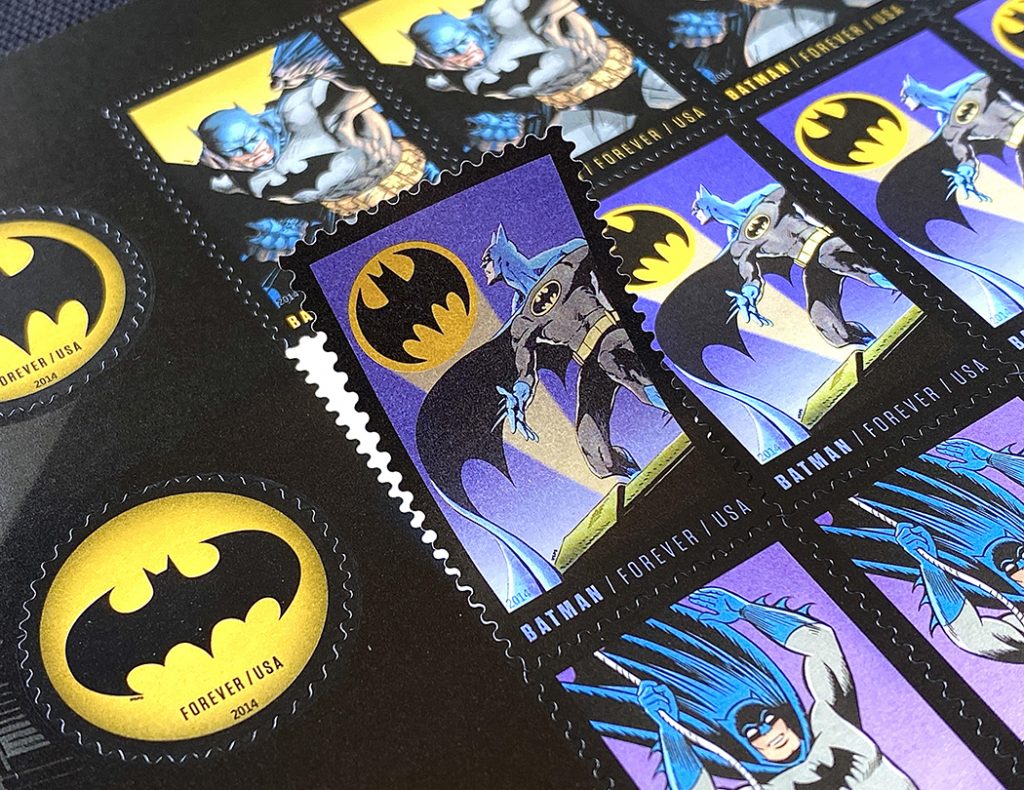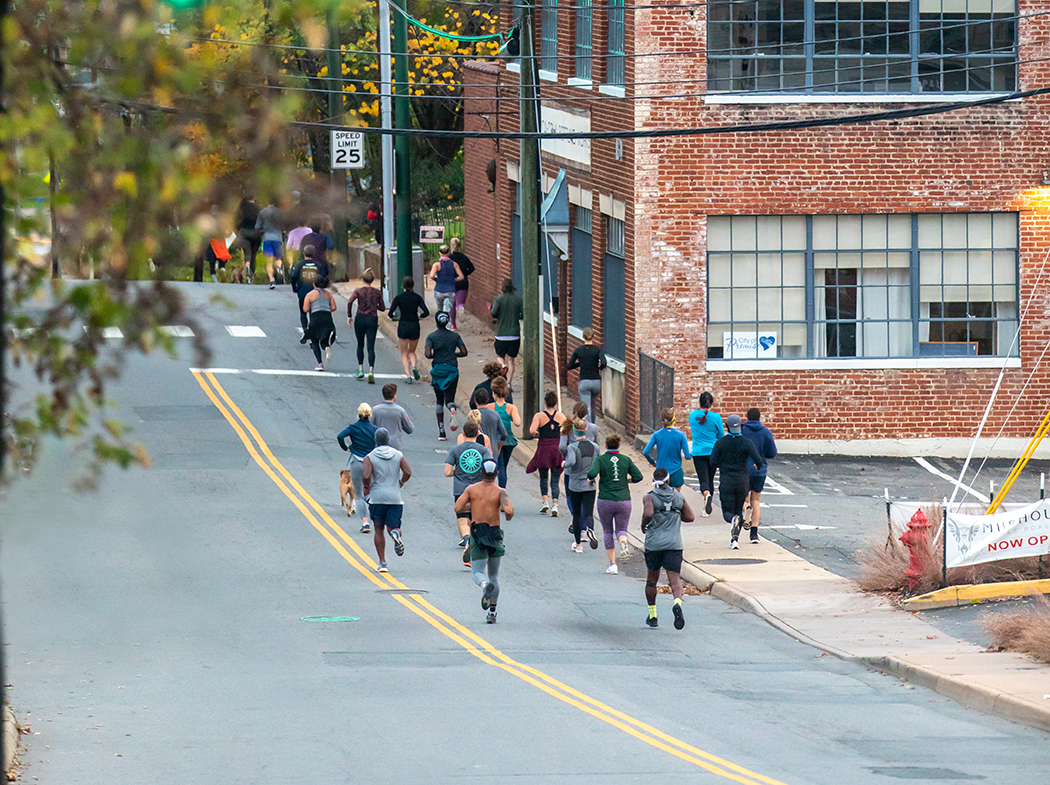With the real estate market still red hot, you may have noticed a new trend on Instagram: buyers selling their houses fully furnished. They don’t have to pay to pack up and haul all their worldly goods elsewhere, and sellers get a custom-decorated house with minimal unpacking. But before you decide to jump on this trend, consider two crucial words of advice: Don’t, maybe?
For one thing, selling your house with all its furnishings might not be as common as the internet makes it look, especially in our area. “On rare occasions, a seller might know that a certain set or furniture piece won’t fit into their new place, and [offer it] for sale to the buyer or others,” says Nest Realty’s Jessica Russo. “This is more likely happen if it is a second home or vacation rental, like a Wintergreen place.”
Luxury homes and their high-end designer furniture, or getaway homes in vacation spots, are most likely to sell with their furnishings. In the former case, buyers might not want to throw out a fancy decorator’s work, especially if they like the overall look and mood the furnishings create. In the latter, getting a vacation spot fully furnished saves time and trouble for folks who want to start enjoying their new home away from home as soon as possible.
But aside from those very specific cases, “I don’t believe offering the furnishing with the home makes the sale more appealing,” Russo says—and she wouldn’t advise her clients to try it. Nor does bundling furnishings with the home they occupy tend to offer the kind of financial windfall sellers might be imagining.
Most buyers don’t want a home prefilled with someone else’s furniture. And even if they do, the highly personal nature of furnishings means they might not want yours. No matter how elegantly you’ve framed and lit it, your collection of, say, black-velvet paintings of cats dressed as Elvis impersonators might actually drive potential buyers away.
Throwing in furnishings won’t bump up the value of your house, either. Banks only issue mortgages for land and buildings, so buyers can’t tuck the additional cost of furnishings into their home loan. Potential sellers will have to negotiate a separate, special contract for the furniture itself, and report the money they make as income to the IRS.
And while it’s relatively easy to guess a home’s worth by looking at its appraisal price and the sale amounts for nearby, similar homes, furniture doesn’t work that way. Even the fanciest, trendiest pieces start losing value the instant you buy them. Expect to get back only a fraction of what you paid for that leather sofa or mahogany bed. Potential sellers need to go online and search item-by-item for reasonable pricing for the furniture they want to sell, and those furnishings need to be in good condition. (If you have small children in your house, well, good luck with that.) Even if you do find an interested buyer, you may need to be ready to slash your asking price for furniture to seal the deal.
If all these hurdles don’t keep you from trying to sell your furniture alongside your home, Russo advises you try it only if your gorgeous furniture in great shape has been carefully staged and photographed for maximum impact. Or maybe just resign yourself to the reality of a moving van, packing tape, and lots of cardboard boxes.













